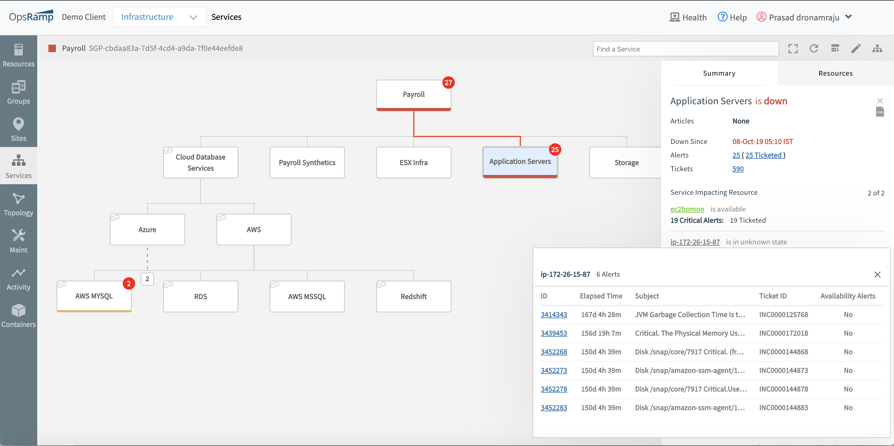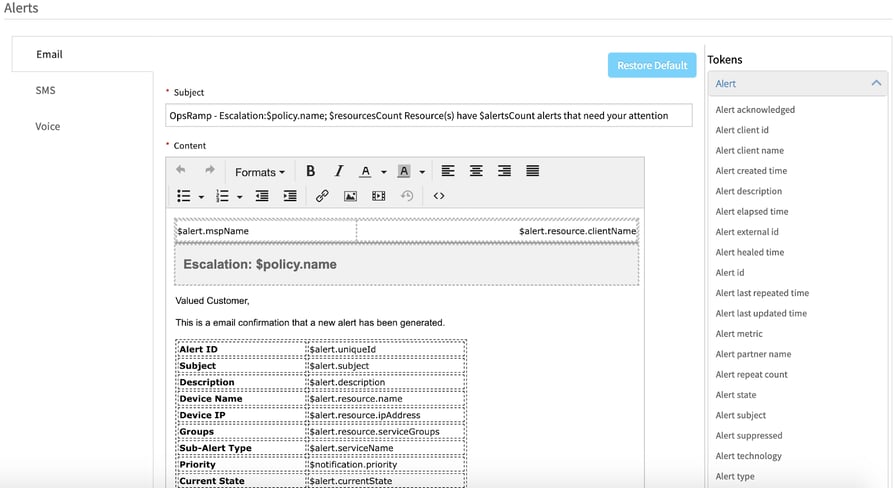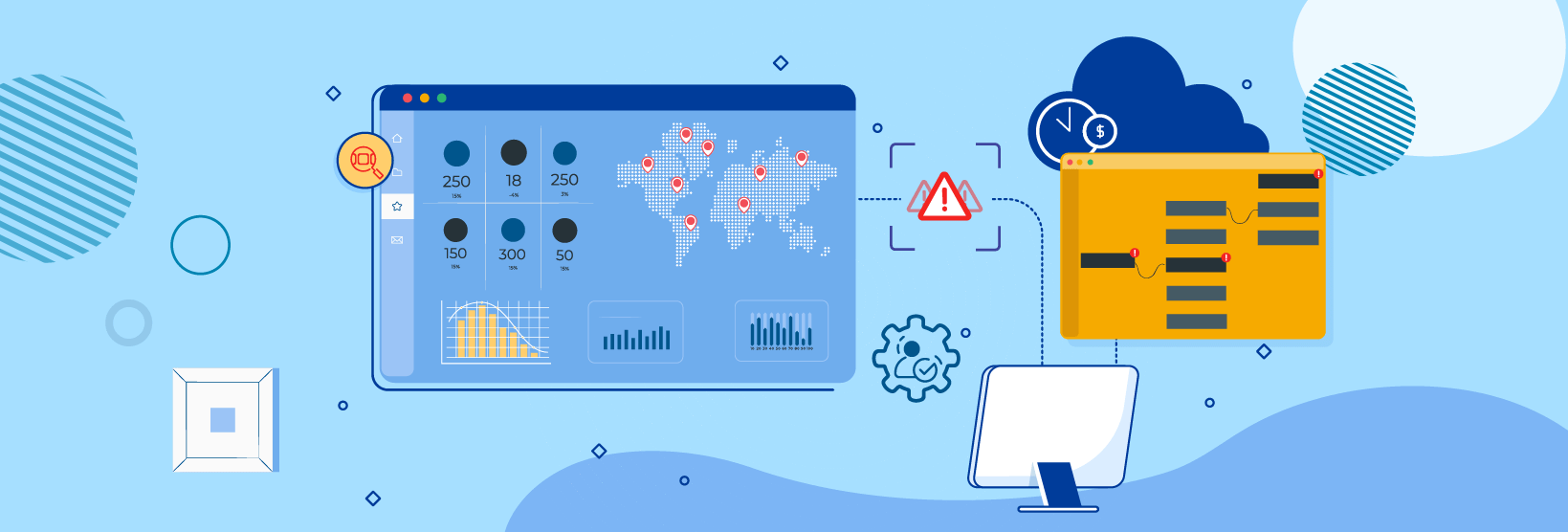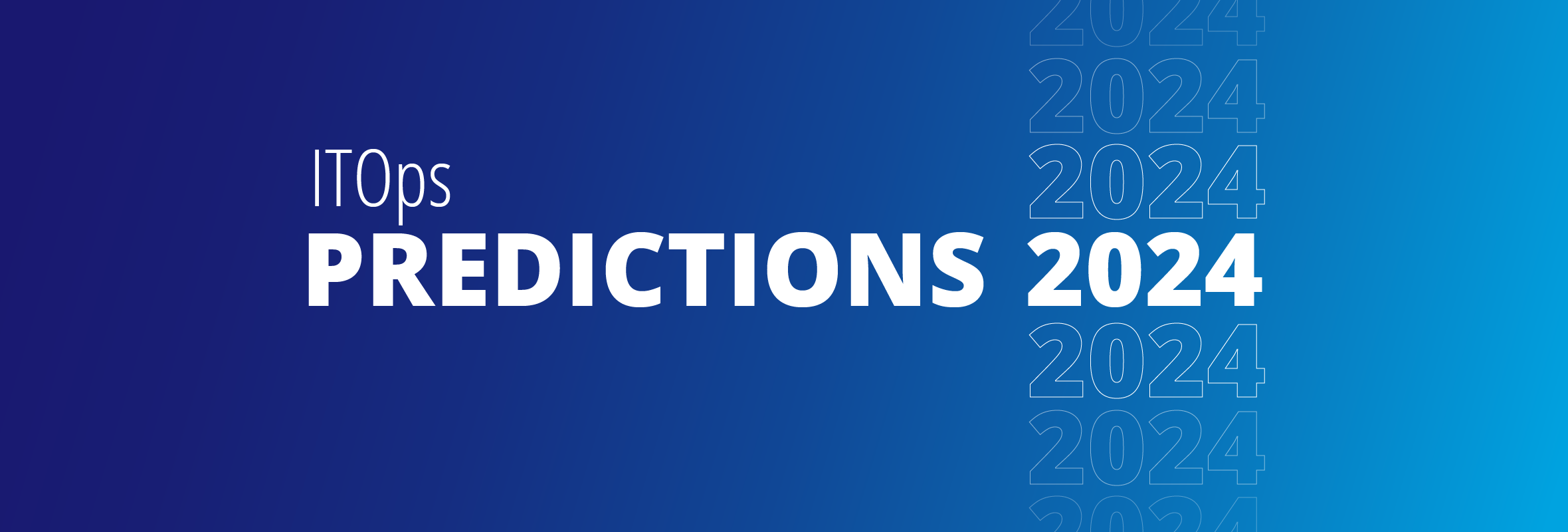COVID-19 has caused an explosion in employees having to work remotely to maintain social distancing and prevent the rapid spread of the coronavirus. While a large remote workforce can place enormous strain on enterprise applications and hybrid infrastructure, IT operations teams must ensure that their employees can get the job done without frequent interruptions.
At the same time, customers can no longer dine out or go to shopping malls, shifting to online services and mobile apps to meet their needs. In light of the coronavirus pandemic, companies will also need to deliver smooth digital experiences to keep their employees productive and their customers satisfied.
OpsRamp is a modern digital operations platform for discovering, monitoring, managing, and automating complex hybrid IT environments. Our SaaS platform allows secure anytime access from virtually anywhere, for better convenience, higher productivity, and faster response. OpsRamp’s multitenant, multi-tier architecture delivers proven scalability, ease of adoption, and user-level personalization to accommodate the unique requirements of each tenant. Here are some use cases that IT operations teams can address using OpsRamp during this difficult time:
- Application and Infrastructure Uptime and Availability. With the U.S. economy grinding to a halt, technology leaders will need to deliver the right user experiences so that their employees can collaborate smoothly and customers can do business without a hitch. Here is how enterprise IT teams can ensure consistent application and infrastructure performance and meet end-user demand with OpsRamp:
- Web Applications. When faced with sluggish web pages or transactions that fail to go through, customers lose trust and switch to competitors, leading to revenue losses. Synthetic transaction monitoring helps application owners and technology operators understand if internal and external web applications can meet projected demand. Synthetics measure how users interact with web applications through a series of simulated tests and trigger alerts when a particular step in a transaction stops working.
- Network Infrastructure. When network infrastructure that supports mission-critical services (such as payroll, invoicing, or inventory management) suffers an outage, there are negative consequences in terms of staff productivity, organizational reputation, and revenue impact. Network monitoring for switches, routers, firewalls, load balancers, wireless LAN access points, VPN, VOIP, and unified communications allows IT to keep track of network utilization and fix any issues proactively before customers notice.
- Public Cloud Infrastructure. Given the supply chain disruptions expected due to COVID-19, infrastructure OEM providers may have difficulty keeping their commitments, which can affect capacity planning considerations for enterprise datacenters. IT leaders will also need to reduce onsite headcount at datacenter facilities to prevent the rapid spread of infection, which creates a perfect storm for cloud infrastructure adoption. More than ever, IT teams need to ensure real-time visibility and control of their multi-cloud deployments. With OpsRamp, site reliability engineers can monitor and manage performance and uptime for cloud infrastructure and platform services with 120+ cloud monitoring integrations across Amazon Web Services (AWS), Microsoft Azure, and Google Cloud Platform (GCP). Cloud topology maps for AWS, Azure, and GCP also dynamically discover cloud resources and let DevOps teams understand the infrastructure dependencies and interconnections for IT services.
- Service Visibility. A modern IT service has several distinct components such as applications, middleware, network infrastructure, databases, and API endpoints. Performance degradations in a single component can result in poor user experiences. How do IT operations teams deliver a clear line of sight and impact visibility for multi-tiered IT services? OpsRamp service maps offer a logical construct to track real-time service-level performance across different applications, virtual infrastructure, and public cloud providers, for an integrated business view of IT.

Figure 1 - Holistically manage your business-critical services with service maps. - Intelligent Incident Management. IT operations teams working remotely need to effectively prioritize incidents so that they don’t waste valuable time on trivial alerts. Artificial Intelligence for IT Operations (AIOps) can pinpoint root cause(s), automate incident response, and proactively address issues for better mean-time-to-resolution and faster service restoration.
- Reduce Human Toil. Given the extraordinary burden on IT teams today, how can machine learning reduce event fatigue and handle routine alerts without human intervention? First-response policies help incident management teams focus on critical issues by eliminating unnecessary alert noise and preventing operators from drowning in repetitive alerts. Instead of addressing each alert with labor-intensive processes, auto-alert suppression policies act as a first-response mechanism for known and expected alerts.
- Faster Incident Response. How do you notify remote workers when a critical incident arises? Remote IT teams can use shift rosters and escalation matrices to keep track of on-call schedules so that they never miss a critical alert. OpsRamp alert escalation policies allow IT operators to indicate their preferred notification channels (email, text, and voice) for faster incident routing of incoming alerts.
- Remote Infrastructure Access. With IT operators and third-party contractors working offsite, how do enterprises maintain the security of their hybrid IT infrastructure? OpsRamp remote consoles let IT teams connect to corporate infrastructure and run operations efficiently across hybrid infrastructure with role and rule-based access. Remote consoles provide time-bound access so that IT staff can finish their troubleshooting in a defined window, offer reliable audit trails by recording every single keystroke for video playback, and provide strict access controls that enforce the actions that an operator can perform.

Figure 2 - Deliver context-rich alerts to on-call teams with alert escalation policies.
During this unprecedented time, the OpsRamp platform is here to provide flexibility, control, and simplicity for remote IT operations teams. The need for keeping mission-critical business services up and running is even more important during such challenging work schedules. Modern ways to operate and optimize the IT infrastructure is the need of the hour. Chaos will always be here. And OpsRamp is here to help.
Next Steps:
- Check out our reading list for COVID-19.
- Learn about OpsRamp’s commitment during COVID-19.
- Keep tabs 24/7 on OpsRamp System Status.






